The restructuring of the entire development space of the three leading dynamic economic axes of the country will shape a new, prosperous, civilized, modern, humane, dynamic, creative megacity, maintaining its role as an economic locomotive, growth pole, and pioneering development model of the country.
Editor's note: From July 1, 2025, Ho Chi Minh City will merge with Ba Ria - Vung Tau province and Binh Duong province to form a new Ho Chi Minh City, marking an unprecedented turning point in the history of urban development in Vietnam.
At the previous working session with the Standing Committee of the City Party Committee and the Provincial Party Committees of the three localities of Ho Chi Minh City, Ba Ria - Vung Tau, and Binh Duong , General Secretary To Lam affirmed that the arrangement of the three localities opens a completely new development stage for Ho Chi Minh City - not only the largest economic, cultural, and financial center in the country, but also becomes one of the urban - financial - industrial - seaport regions with the highest development density in Southeast Asia. The new Ho Chi Minh City must represent a creative - transparent - effective digital government, both handling well the management, leading the development, innovation, and maintaining social trust in the development process.
Realizing regional linkage projects
Assessing the development space of the new Ho Chi Minh City, National Assembly delegate Tran Anh Tuan said that deep connection with Binh Duong (the leading industrial region in Southeast Asia) and Ba Ria - Vung Tau (international maritime gateway) will create an economic triangle with high integration.
"The megacity of Ho Chi Minh City does not stop at expanding its administrative boundaries but is also an economic entity capable of competing with major centers such as Seoul (South Korea) or Tokyo (Japan)," said National Assembly delegate Tran Anh Tuan.
According to him, in terms of structure, Ho Chi Minh City plays the role of a financial, commercial and technological center; Binh Duong is a dynamic industrial locomotive; Ba Ria - Vung Tau plays a key role in logistics, oil and gas and tourism. Therefore, he proposed to soon invest in railway lines connecting major ports and industrial zones such as Can Gio - Cai Mep - Thi Vai, Binh Duong, Dong Nai.
Meanwhile, Dr. Vo Kim Cuong emphasized that the development space is expanded beyond the old administrative boundaries, this is a special opportunity to change planning thinking, from individual development to integrated regional development. If the core area between Ho Chi Minh City and Dong Nai is well reorganized, this area can contribute 40%-50% of the country's GDP. In particular, the role of mutual connection between Ho Chi Minh City and Dong Nai is essential - Ho Chi Minh City wants to go to the sea in the East direction, it must go through Dong Nai, and vice versa, Dong Nai wants to develop the marine economy, it also needs to go through Ho Chi Minh City.
Architect Ngo Viet Nam Son, an urban planning expert, analyzed in more detail the super urban elements of the new Ho Chi Minh City. He emphasized: First of all, Ho Chi Minh City's infrastructure will be greatly strengthened when it has the largest train station in Song Than (Binh Duong) and the largest seaport in Cai Mep (Ba Ria - Vung Tau). Ho Chi Minh City has advantages in finance, education - training, and technology center, so the new Ho Chi Minh City promises to become an economic sub-region with extremely strong internal strength. In addition, the merger will change the urban planning structure of Ho Chi Minh City.
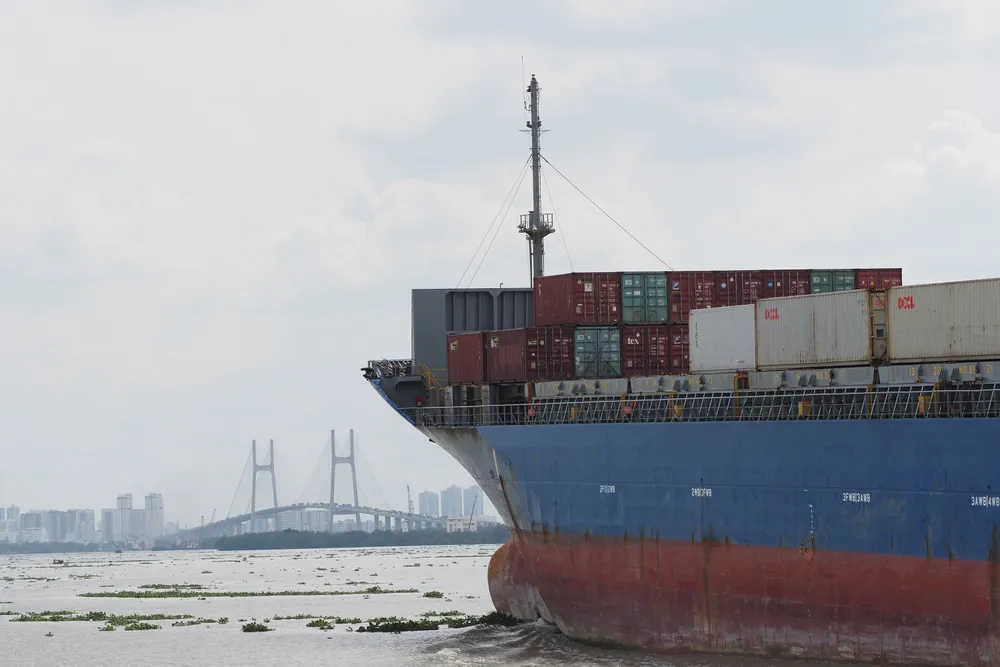
After the arrangement, the new Ho Chi Minh City will have 3 important development poles. Of which, the central pole is the inner city of Ho Chi Minh City. The second pole is the urban side of the new city of Binh Duong. This is a high land area, ensuring adaptation to climate change, rising sea levels, and is of important development strategy. The city will develop transportation to push the urban area towards Binh Duong to ensure sustainable development factors.
The third pole is the Ganh Rai - Can Gio bay area, which will become a coastal urban pole with the combination of Cai Mep - Thi Vai port and Can Gio international transit port - Can Gio port will now also connect with the industrial clusters in Binh Duong, Thu Duc, Bien Hoa to upgrade to an international port. Can Gio coastal urban area from the scale of a marine ecological urban area connecting with Ho Chi Minh City will open up new potential when connecting with Ba Ria - Vung Tau.
Bridges, roads, and metro lines will also be built along the axis from Ba Ria - Vung Tau to Can Gio. At that time, regional connectivity will become natural, without complicated discussions between 3-4 localities, only one decision is needed. This is the opportunity to realize regional connectivity projects to create a strong growth pole in the South as expected by the Central Government.
Strong innovation in development thinking
After the merger, from a southern center, Ho Chi Minh City became the nucleus of a "smart super region" converging finance, technology, seaports, airports and inter-regional connectivity infrastructure.
According to Dr. Huynh Thanh Dien, Nguyen Tat Thanh University, in the new context, planning needs to shift from the mindset of "district - county" to "integrated functional regions", taking regional connectivity and digital technology as the foundation. At the same time, to realize the super-regional vision, the new Ho Chi Minh City needs integrated planning according to functional regions with clear roles, scale and ability to share resources, and develop according to industry clusters instead of dividing boundaries. The governance model must also be innovated towards a flexible two-level local government, in which Ho Chi Minh City plays the role of regional coordinator, while satellite cities are given appropriate autonomy.
It is necessary to establish a Smart Urban Coordination Board, integrate big data and have specific mechanisms in investment, finance, planning and management. In terms of resources, it is necessary to diversify finance through PPP, urban bonds, international cooperation and promote digital transformation in infrastructure, public services, transportation, energy and environment. Merging not only expands the territory but also is a boost to restructure space, forming an integrated, multi-polar, smart and sustainable urban area, making Ho Chi Minh City a strategic growth pole of the region and the country.
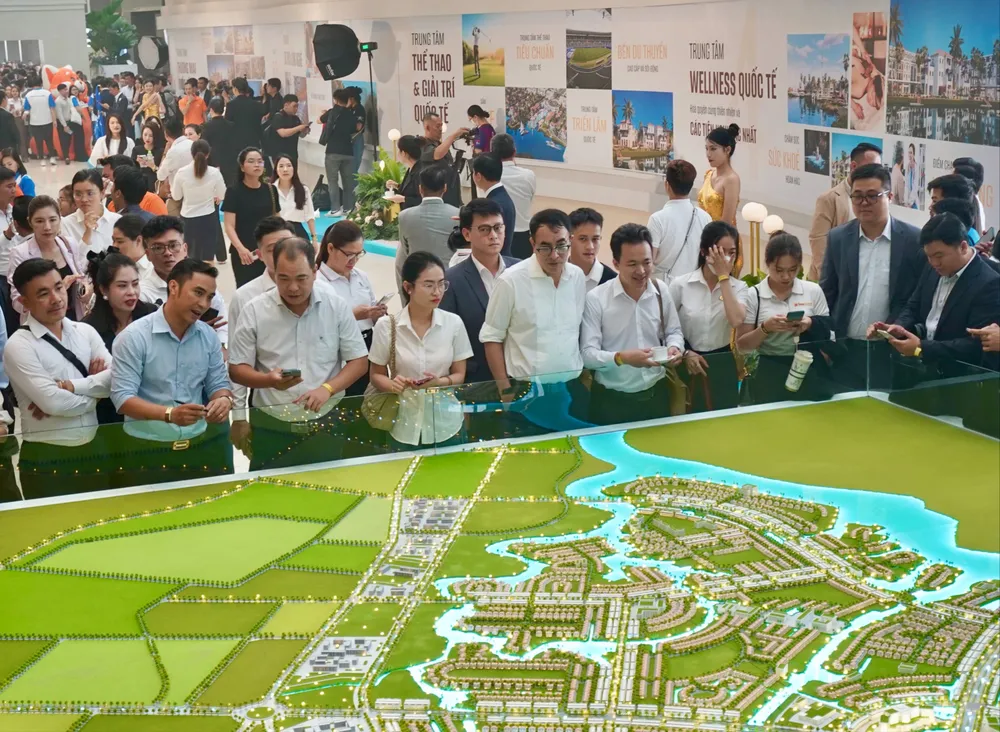
Assessing the vision of the new Ho Chi Minh City to become an "international megacity", MSc. Nguyen Tuan Anh, Party Committee of Saigon Industry Corporation, said that this is not only about a larger scale, but also requires stronger innovation in development thinking, in governance models, and especially in the leadership team, cadres and civil servants who must dare to think, dare to do, dare to take responsibility for the common good.
This is an opportunity to comprehensively restructure the administration, economy and culture of a central region in the South of the country, worthy of being the locomotive leading the development not only of the Southeast region but also of the whole country in the new era. The new Ho Chi Minh City cannot be an expanded copy of the old city. It must be a smart, green, creative, prosperous and globally competitive city.
A city where people live happily, are given opportunities to develop and are protected by a transparent and effective government. Only then will the aspiration to become an “international megacity” truly come true, bringing Ho Chi Minh City beyond its current narrow space to stand shoulder to shoulder with leading centers in the region and the world.
Dr. TRAN DU LICH - Chairman of the Advisory Council for the implementation of Resolution No. 98/2023/QH15 of the National Assembly:
Convergence of growth drivers
The new HCMC will have a financial center, and if it is successful, there will be a planned free trade zone in Cai Mep - Thi Vai. Thus, the growth drivers of the new HCMC will be industry, international trade, maritime, logistics, finance and especially high technology.
In fact, there are few places that have such strong growth momentum, not to mention that Ho Chi Minh City is extremely attractive for developing into a smart, modern urban area, attracting not only 14 million people but also promising a very rapid population increase in the future. Therefore, when reviewing the 3 planning of the 3 localities, it is necessary to recalculate the planning, especially the industrial planning.
National Assembly Delegate, Dr. TRAN HOANG NGAN - former Director of Ho Chi Minh City Institute for Development Studies:
Prioritize resources for transport infrastructure and digital infrastructure
Vietnam will have an international financial center located in Ho Chi Minh City. This will be a bridge, a place where municipal bonds and government bonds can be issued to mobilize capital worldwide. This will create a source of finance to invest in the high-speed railway system, the urban railway system in Ho Chi Minh City as well as in Hanoi... The new Ho Chi Minh City will have new potential dynamic quadrilaterals, specifically the international transit port of Thi Vai - Cai Mep combined with the international transit port of Can Gio.
From there, a free trade zone will be formed in combination with the Ho Chi Minh City International Financial Center and Dong Nai's Long Thanh International Airport. At that time, the new driving force for development in the Southeast region will be huge. Therefore, it is necessary to prioritize resources for localities to invest in synchronous socio-economic infrastructure, especially transport infrastructure and digital infrastructure.
Associate Professor, Dr. Trinh Tu Anh - Director of the Institute of Smart Cities and Management, Ho Chi Minh City University of Economics:
Building a creative community
To develop Ho Chi Minh City into a truly smart city in the context of administrative restructuring, the city should build a "co-creation platform community" - where parties participate in sharing data, coordinating actions and co-creating innovative solutions.
In particular, the “co-creation” element is not only the cooperation between the government, businesses and people, but also includes the coordination between researchers, social organizations and the technology industry to develop flexible policies and “open” data to serve more effective urban management. Smart cities are not only technology, but also a smart ecosystem - where technology serves people, and people contribute to creating their own living space.
Source: https://www.sggp.org.vn/thanh-pho-ho-chi-minh-sieu-do-thi-xanh-sang-tao-bai-1-chung-suc-tao-dong-luc-moi-du-dia-moi-post801303.html



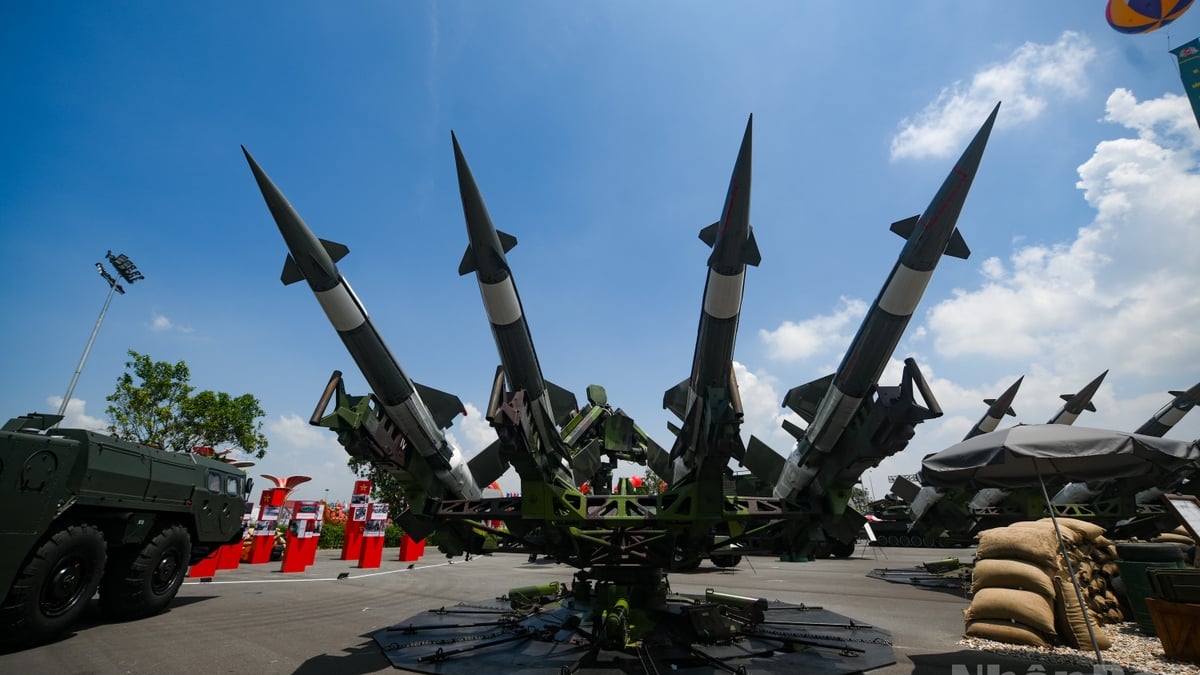
![[Photo] President Luong Cuong receives Speaker of the New Zealand Parliament Gerry Brownlee](https://vphoto.vietnam.vn/thumb/1200x675/vietnam/resource/IMAGE/2025/8/29/7accfe1f5d85485da58b0a61d35dc10f)
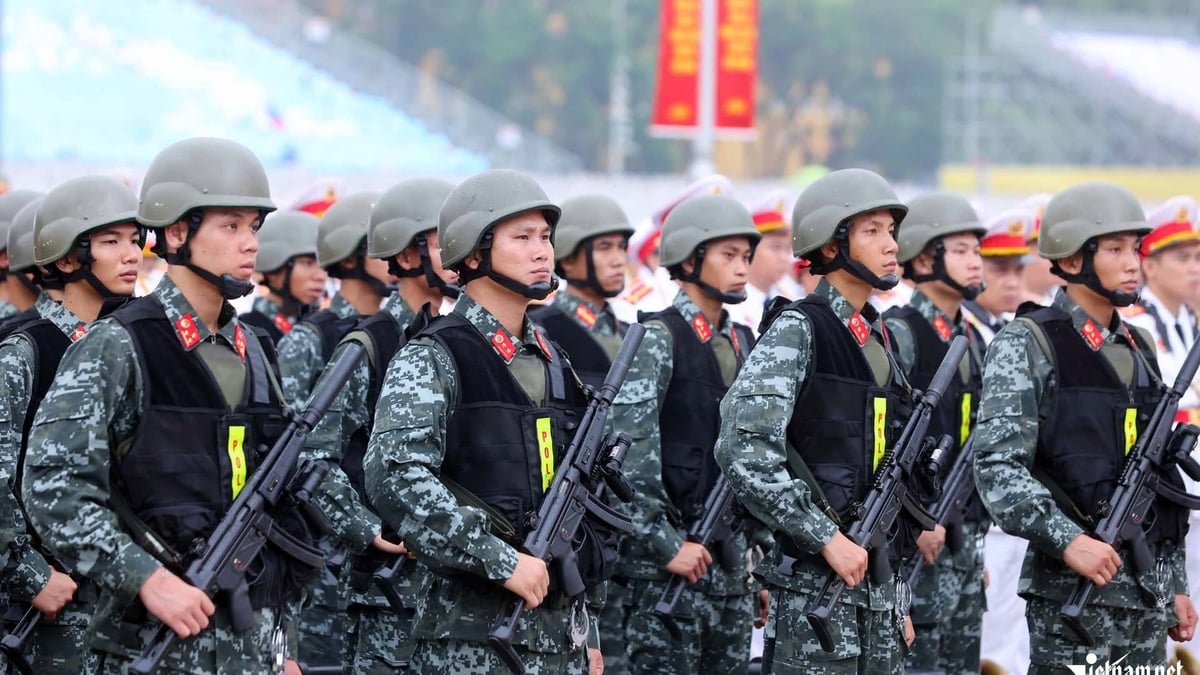


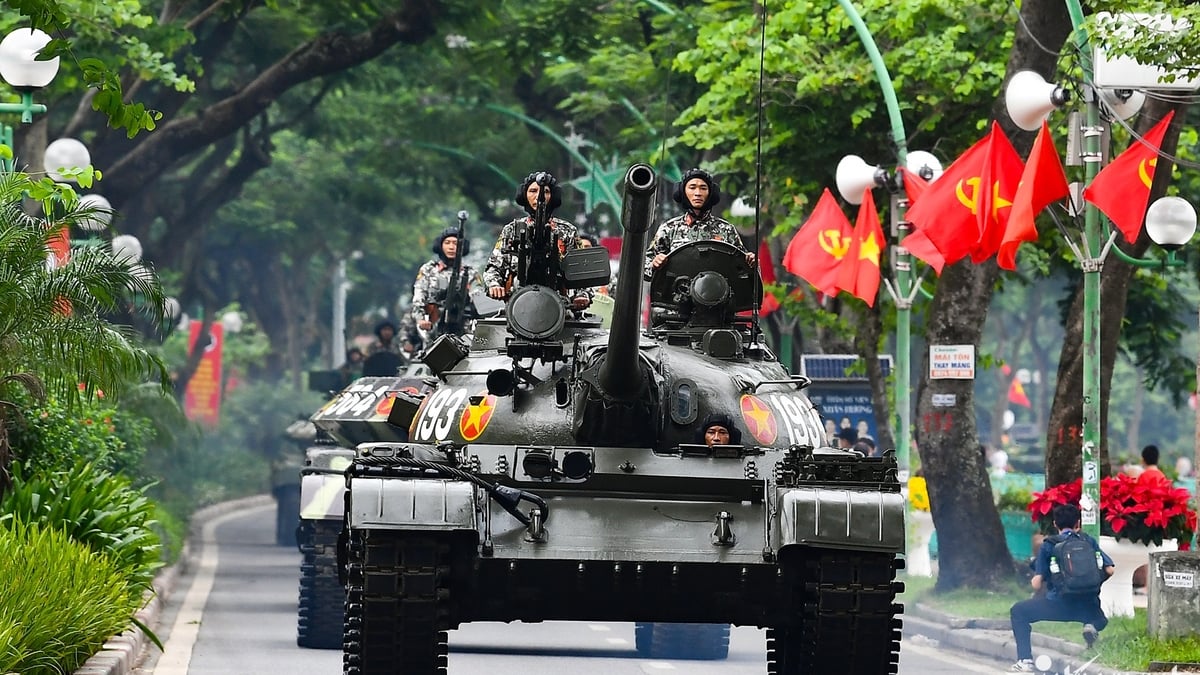
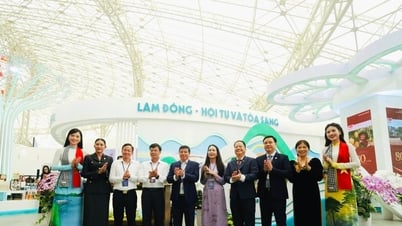



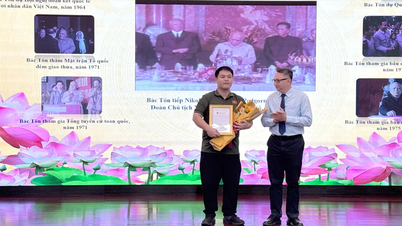







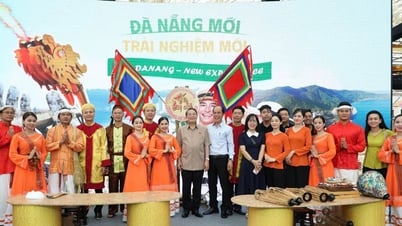


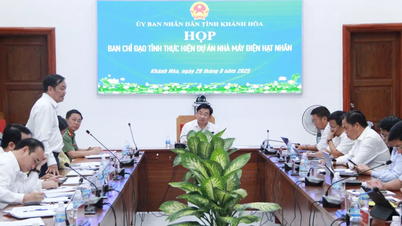
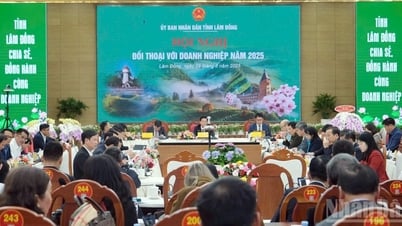
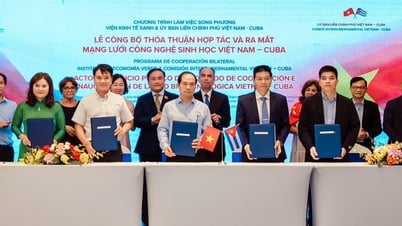





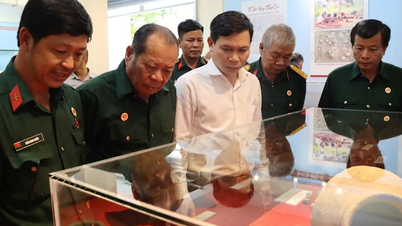
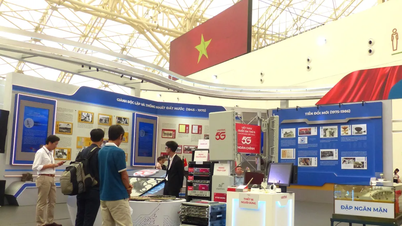
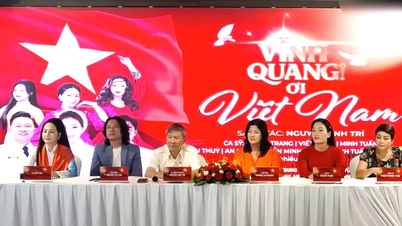
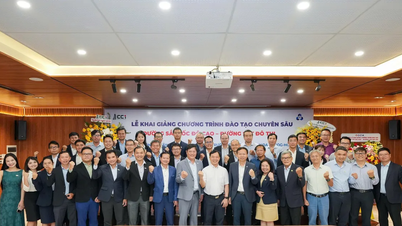

![[Photo] Hanoi is ready to serve the occasion of the 80th National Day Celebration on September 2nd](https://vphoto.vietnam.vn/thumb/1200x675/vietnam/resource/IMAGE/2025/8/29/c838ac82931a4ab9ba58119b5e2c5ffe)


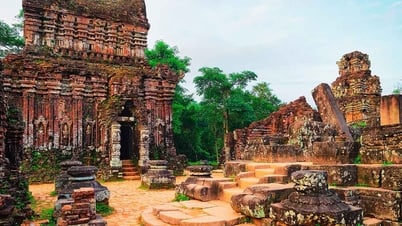

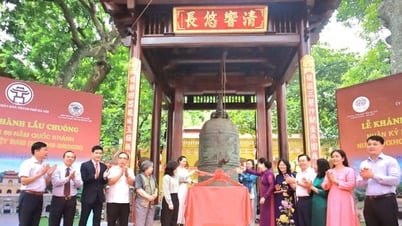


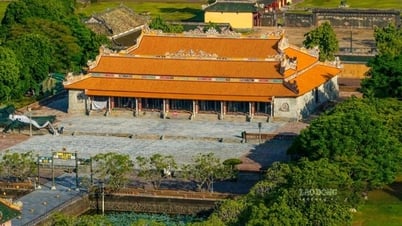
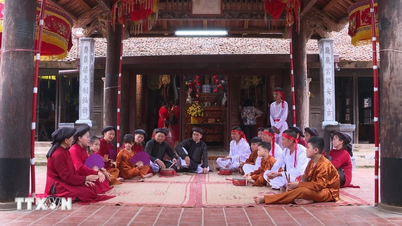

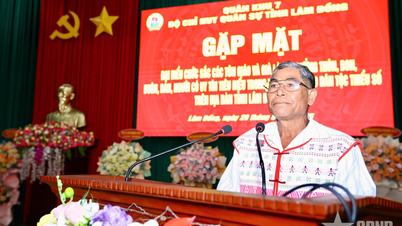




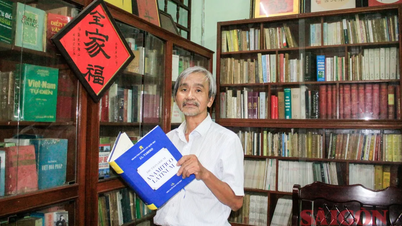



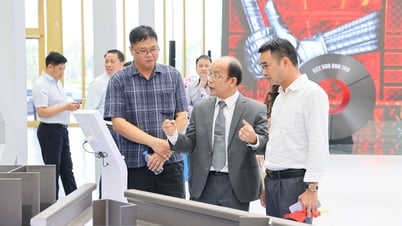

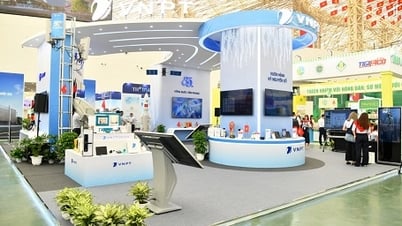
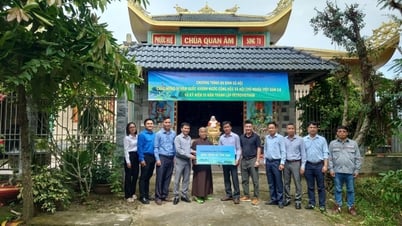
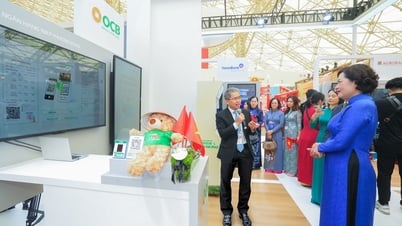
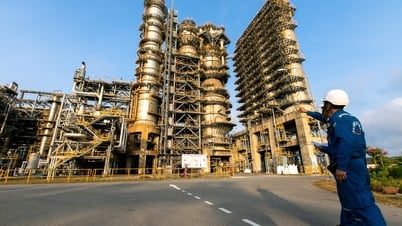
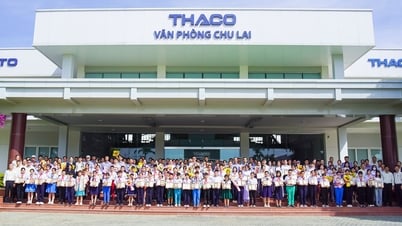
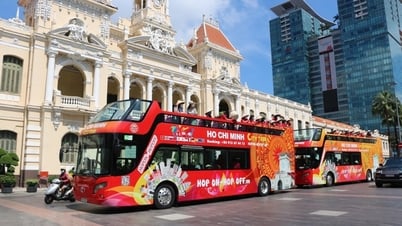



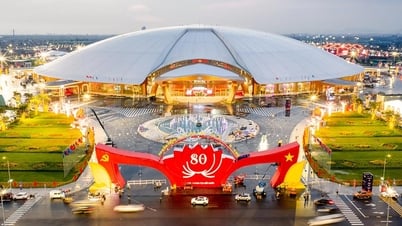
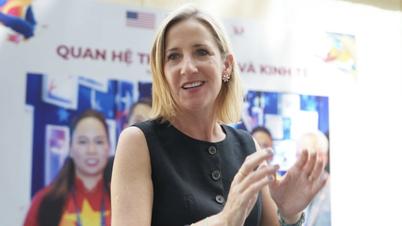



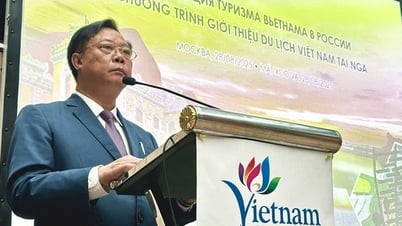
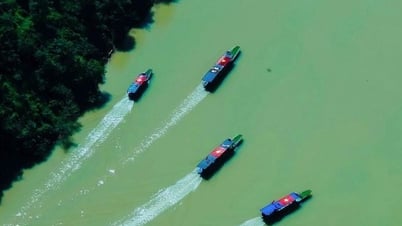



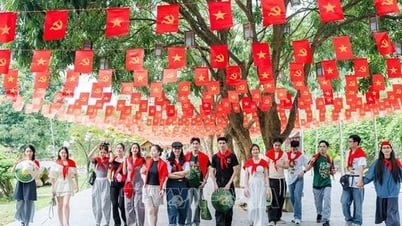




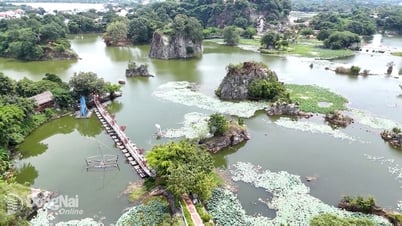

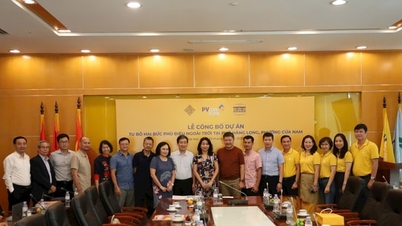



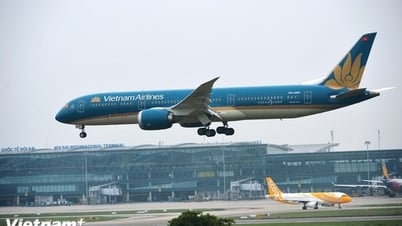
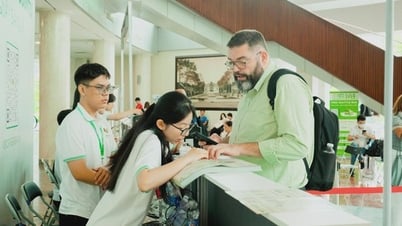
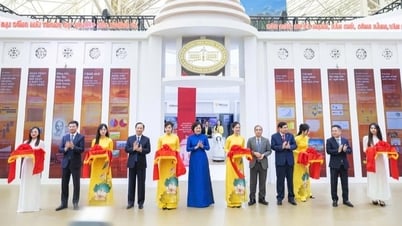


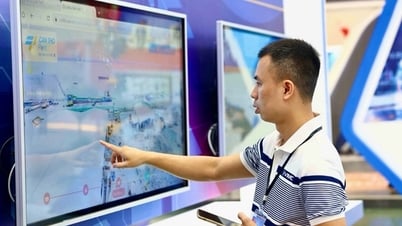




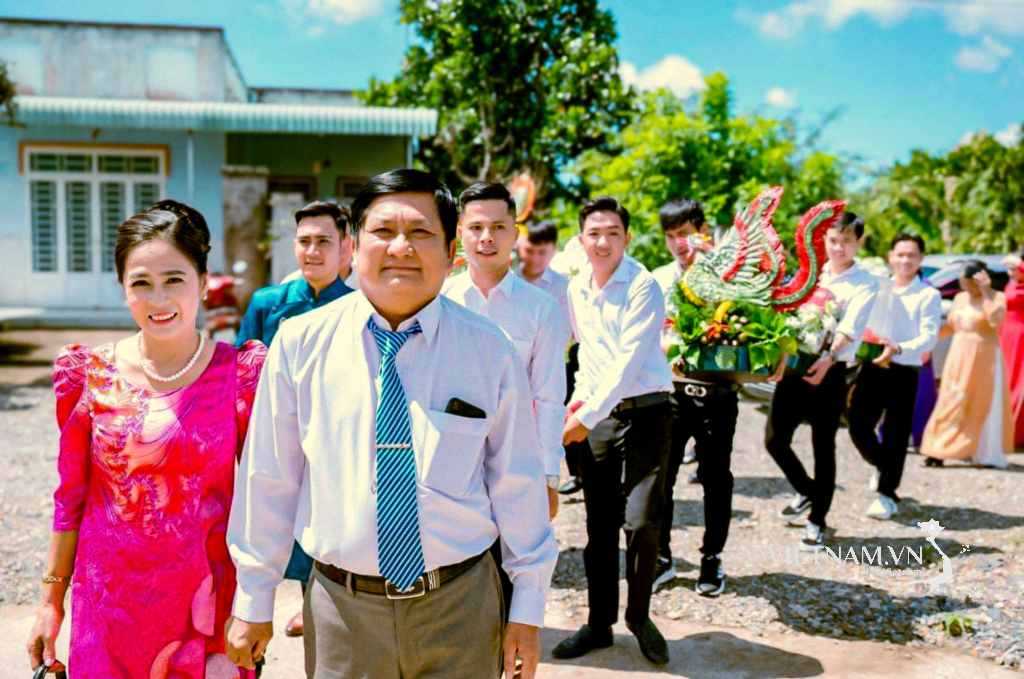
Comment (0)